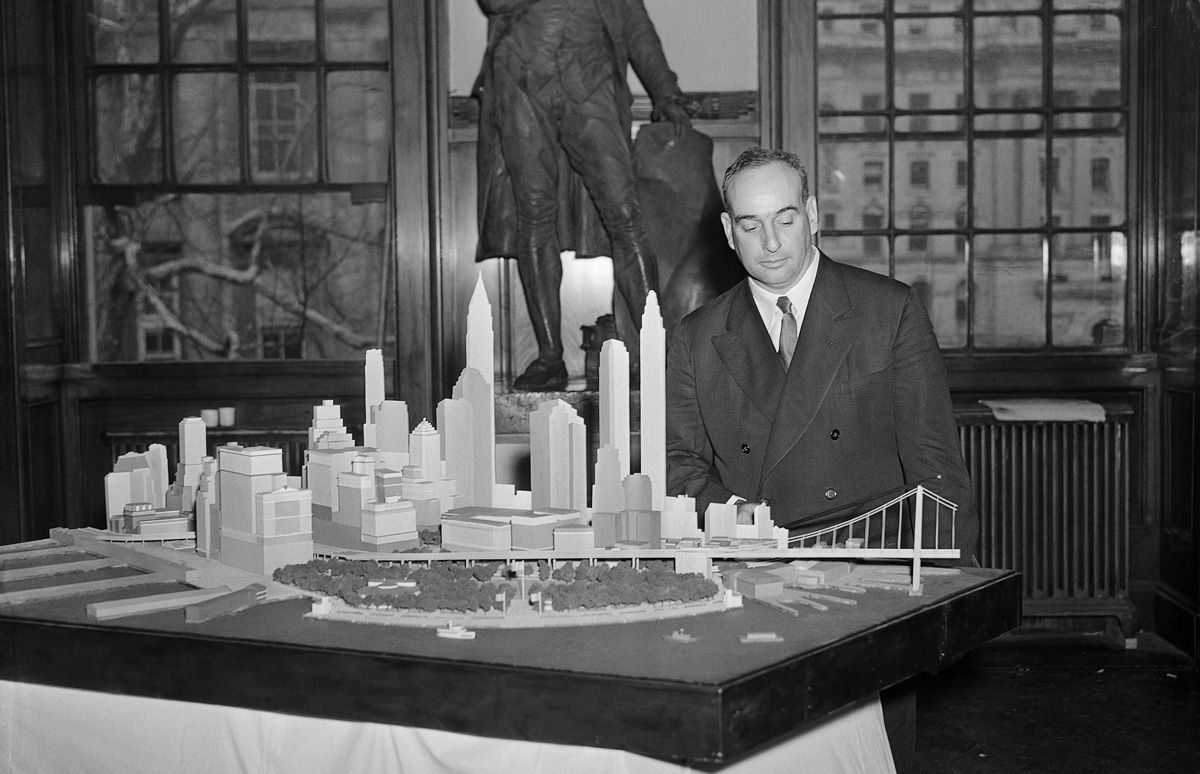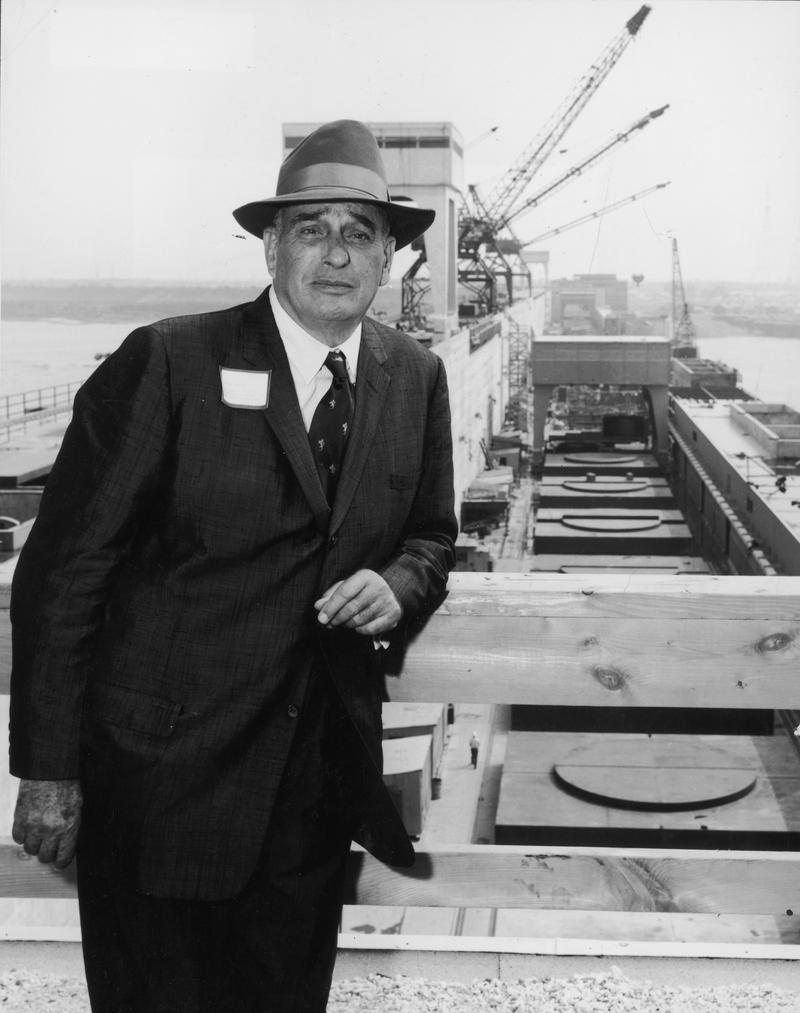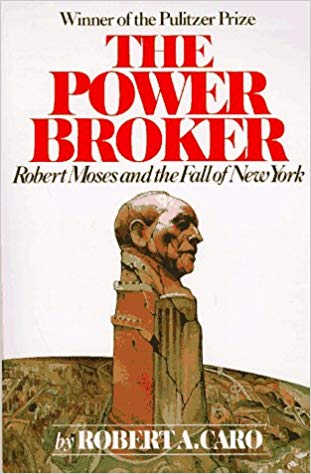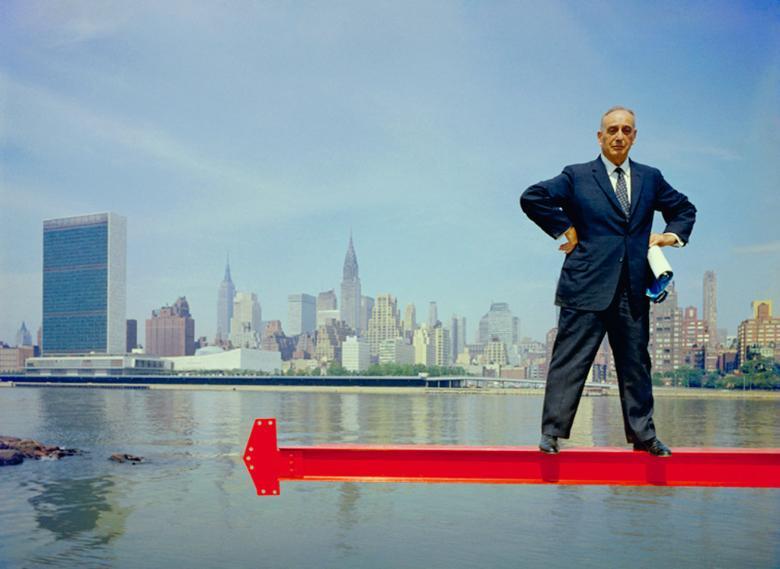PART 6 – THE LUST FOR POWER
Chapter 29 – And When the Last Wall Was Down
Anxious as he was, La Guardia could not raise the funds he required to create a new system of highways and tunnels necessary for the Great Belt System city. When he went to Moses for the funds, Moses said he could only have it if Moses could be Chairman of the Tunnel Authority. La Guardia had no choice and acceded to Moses’s demand.
Moses started by changing the Brooklyn Battery Tunnel into the Brooklyn Battery Bridge. This plan, for the greatest bridge in the world, provoked significant opposition due to its projected cost which some feared would bankrupt the city. It would take funds away for other essential developments such as schools and hospitals, subways and care centres. However, La Guardia supported Moses and the plans were approved.
What followed was a cry of outrage from some of the richest and most influential citizens of New York. The impact of the bridge on the surrounding landscape would be immense. Battery Park would be effectively destroyed. Local real estate would be devalued. Local office blocks would be blocked of light and air, and taxes would thus have to be reduced, causing a fall in city revenues.

Battery Park and the harbour of Lower Manhattan were of special historical significance to the Reformer aristocrats as being a key site during and after the Revolution, as well as being a haven of peace in the crush of concrete surrounding it. Through its winding lanes and under its trees, the city could be left behind. There were green lawns and wildlife with the lapping of the sea, and within it, the City Aquarium, built on top of Fort Clinton which protected the city during the War of 1812 and which provided the starting point for some of the city’s great parades. The new bridge with its highway would cast the park into shadows. The fight between Moses and the Reformers over the bridge marked his final break with his Reformer past.
Stanley Isaacs was a long time Reformer who in 1939 was elected Borough President. He had led his public life very much in parallel with the early Moses but had continued to keep to his principles. He had come to believe that Moses had abandoned his. Moses, now at the helm of the powerful Public Authority, did not need the support of the Reformers any longer and now turned his fire on them.
The reformers began by challenging Moses’s statement of costs for the bridge, saying that the costs had been grossly underestimated. They claimed that Moses had not included the costs of the associated approach roads and the rebuilding of Battery Park, and that the Tunnel would in fact be cheaper. Despite the case presented by the Reformers, the bridge was approved as the only development which had the funding, from Moses, and Moses was unwilling to build anything else.
Stanley Isaacs had studied the bills and found that there was a clause that ensured that the city would in fact have to pay a vast sum towards the bridge. He attempted to delay the bill in order for other options could be studied. The Reformers started to drum up support from across the city, including artists and architects, to attempt to preserve Battery Park. The Committee to oppose the bridge also had the ear of the press, allowing much greater discussion. The tide of public opinion started to move against Moses. However, they did not understand how much power Moses had been given. Moses sent an ultimatum to La Guardia that if the Mayor wanted a Battery Crossing at all, it would have to be the bridge.

During the hearing to discuss Moses’s plan, the Reformers demolished the plans in terms of the proposed costs and the effect to Battery Park. When Moses rose to speak, he started by comparing the opposition to the Battery Bridge with the failed opposition to the Brooklyn Bridge. He then followed with a number of personal attacks. As for Battery Park, Moses said it wasn’t much of a park anyway. He said that the city could either have the bridge or not. There would be no alternative. The bill in favour of Moses was passed by the city and the Governor. Only approval by the War Department remained, and perhaps an intervention by the President’s wife, Eleanor Roosevelt.
In July 1939 the War Department mysteriously rejected the Bridge plan as an obstacle to navigation during war time as well as being a potential target. On top of this, the War Department loaned the city sufficient money to build the tunnel. Moses was never to forget this defeat and he always suspected Mrs. Roosevelt’s intervention with the President as the cause of it. The key point arising from the “Battle for Battery Park” however, was that it had taken the intervention of the President to stop Moses. The powers of the city government and the New York establishment had been powerless to stop him.
Analysis & Key Takeaways
- Moses engaged in revenge tactics; he couldn’t have the Brooklyn Battery Bridge so he tried to destroy Battery Park anyway, first by attempting to destroy Fort Clinton.


